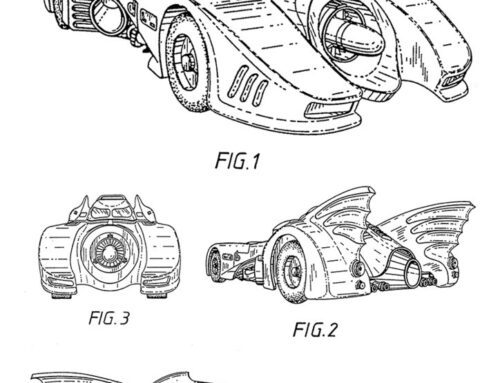What They Are and Aren’t
What is a Provisional Patent Application
A provisional patent application is not a patent, and furthermore, never becomes a patent, with the single exception of converting the provisional application to a non-provisional (or regular) patent application. It automatically expires after twelve months following the day of filing and cannot be revived. It does provide a priority date for concurrent later-filed non-provisional applications for the content disclosed in the provisional patent application. This means that references that could defeat the later-filed non-provisional (or regular) patent application as to the matter in the provisional patent application (but which could not defeat the provisional filing date) will now not be utilized to defeat the later-filed non-provisional (or regular) patent application. Further, it does not subtract from the twenty year term of the later-filed application unless it is truly converted as discussed below. While patent attorneys often speak of “converting” a provisional into a non-provisional, this is not usually an accurate description of the case (with a single exception), since the provisional has no life beyond its twelve-month term and “converting” is usually done by filing a non-provisional application that claims benefit of the filing date of the provisional. Thus, the provisional is primarily a means for delaying the filing of a non-provisional patent application, while still getting benefit of the earlier filing date of the provisional. (The single exception as to “converting” is that a provisional patent application can be truly converted with an extra processing fee if it has a least one claim, or is amended to contain at least one claim, but this process is rarely done, since now the term of the resulting non-provisional will be twenty years from the date of the provisional filing, thereby losing a year.) A provisional patent application requires a full written specification and all the drawing figures, but does not require claims. It is never examined (unless truly converted) other than to ensure that the proper papers are present. Lastly, a provisional patent application never sees the light of day and remains confidential, unless a non-provisional patent application (or a Patent Cooperation Treaty application — to preserve foreign filing rights — or a design application) takes priority to it.
When to use a Provisional Patent Application
There are a few good reasons to file a provisional patent application: 1. When an invention is fully definable, but will likely require further improvements that can be accomplished within a year, that is a good time to file a provisional patent application on the existing invention. The key is that the improvements must be completed within a year so that the non-provisional can be filed with the improvements during the pendency of the provisional so that priority as to the matter of the original invention defined in the provisional can be taken before the provisional expires. 2. On occasion, someone has an invention that they merely want to sell or license and are certain that they will have found someone to buy or license within the one-year pendency of the provisional patent application. Alternately, if they do not find someone, they plan to let the provisional patent application expire without filing a non-provisional patent application and incur no further expenses. 3. If the inventor is scheduled to publicly disclose or sell the invention and a short period of time exists prior to such event then a provisional patent application may be utilized to get a quick filing.

